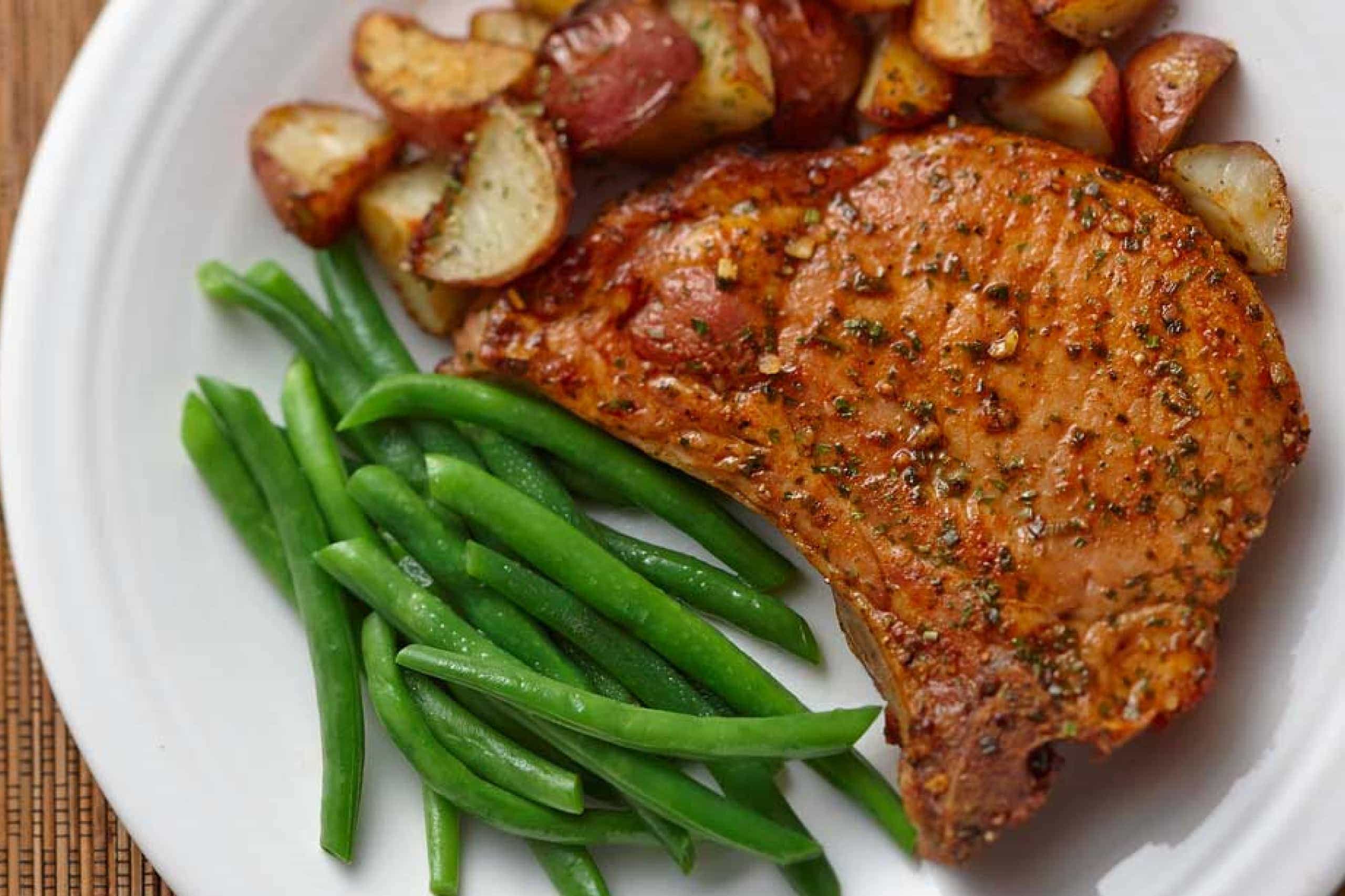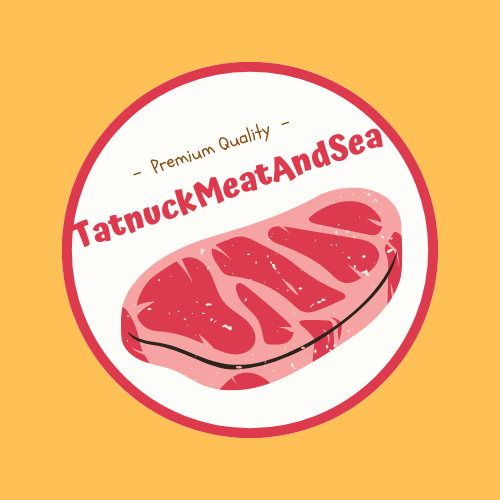Ranch dressing has become one of the most popular condiments in the United States Its tangy, creamy flavor goes well with everything from salads to fries. But many people wonder – does this ubiquitous sauce contain pork products?
The short answer is – sometimes. Traditional ranch dressing recipes don’t contain pork. But some mass-produced, shelf-stable bottled ranch dressings use pork-derived gelatin as a stabilizer. This surprises a lot of people who don’t eat pork, are vegetarians, or belong to religious groups that don’t eat pork.
This article will talk about the history of ranch dressing, look at what the original ingredients were, talk about how big companies make versions that last longer, and explain why gelatin is sometimes used. I’ll also give recommendations for truly pork-free ranch dressings at the end.
A Brief History of Ranch Dressing
Ranch dressing was invented in 1949 by plumber Steve Henson Steve and his wife Gayle had just moved from Alaska to California to start a dude ranch To entertain guests, Gayle whipped up a seasoned cream dressing mix which became wildly popular. It had a tangy, cooling flavor that perfectly complemented the spicy local cuisine.
When it was first made, this “Ranch” dressing mix was just cream cheese and buttermilk mixed with garlic, onion, herbs, and spices. Some pepper provided a mild kick. Their guests and the Hensons both loved it so much that they started taking packets of the powdered mix with them to spice up meals when they were away.
Throughout the 1950s and 60s, the seasoning mix was sold under the name Hidden Valley Ranch as packages and envelopes through mail order. It quickly became popular nationwide as an easy way to add flavor to salads, vegetables, and chips. The cool, zesty taste was uniquely addictive.
In the early 1970s, Hidden Valley Ranch was bought by Clorox and turned into a shelf-stable liquid dressing. Thickened with eggs and vegetable oil, the creamy bottled version became a hit nationwide. It soon eclipsed Italian dressing as America’s favorite salad topper.
The Original Ranch Ingredients – No Pork
As you can see, traditional ranch dressing contains no pork products. The original recipe includes:
- Buttermilk – provides tangy flavor and thick texture
- Mayonnaise or Sour Cream – adds richness and moisture
- Garlic and Onion – gives ranch its signature zip
- Dried Herbs (often parsley, dill, chives) – fresh, green flavor
- Spices like pepper, paprika, mustard powder – adds depth and heat
- Acid like lemon juice or vinegar – brightens flavor
- Salt and pepper – brings out other flavors
So real ranch is essentially a mix of tangy dairy, bright herbs, and punchy alliums and spices. It has a cool, fresh taste thanks to lots of zesty ingredients. But there’s no pork in sight in traditional recipes!
Why Bottled Ranch Often Contains Pork Gelatin
Once ranch became popular nationwide, big companies wanted to produce shelf-stable versions that could ship across the country. This required changing the ingredients to make it stable and safe at room temperature.
Unfortunately, this meant adding ingredients not found in the original recipe. A major one is gelatin derived from pork. Manufacturers use gelatin to:
- Thicken and stabilize the dressing so the oil and water don’t separate. The original contains no thickener.
- Keep the herbs and spices suspended throughout the dressing.
- Allow it to stick to food better, rather than running off.
- Give it a rich, clingy texture in the mouth.
Pork gelatin works much better than plant-based thickeners like starch or gums for these functions. It provides the perfect creamy consistency that customers expect from bottled ranch dressing.
However, using pork gelatin in ranch dressing causes issues for people who avoid pork for religious or personal reasons. Many brands now offer alternatives, which I’ll discuss more below.
Identifying Pork Gelatin on Ingredient Lists
Reading ingredient lists carefully enables identifying pork in ranch dressing and other products. Gelatin derived from pigs usually appears as:
- Gelatin
- Pork gelatin
- Hydrolyzed pork collagen or just “pork collagen”
It may also be listed as:
- Natural flavor – since gelatin is considered a natural flavor
- Autolyzed yeast extract – a sneaky name for hydrolyzed gelatin
So check labels for these terms if you want to be sure your ranch dressing is pork-free. Avoid any brands listing them – unless they are specifically labeled as using fish or plant-based gelatin instead.
Recommended Pork-Free Ranch Dressings
Thankfully, there are more and more pork-free ranch dressings on the market today. Here are some good store-bought options:
Ken’s Steak House Ranch – Uses sunflower oil and guar gum instead of pork gelatin. Also no artificial flavors or preservatives.
Litehouse Ranch – Thickened with potato starch and carrot fiber instead of gelatin. Certified Kosher Pareve, Halal, and gluten-free.
Brianna’s Asiago Ranch – Uses olive oil, vinegar, and chicory root as thickener. Dairy-free and Whole30 approved.
Primal Kitchen Greek Yogurt Ranch – Thick yogurt replaces need for gelatin stabilizer. Contains avocado oil instead of soybean oil.
Tessemae’s Ranch Dressing – Sunflower oil-based recipe with olive oil, vinegar, and garlic powder for thickness. Certified Paleo friendly.
Hidden Valley The Original Ranch – Markets a pork-free version using vegetable gums, not gelatin. Available on Amazon and at select stores.
Marie’s Ranch Dressings – Various ranch flavors using rice starch, not gelatin. Certified gluten-free and non-GMO.
Hampton Creek Ranch Dressing – Just Mayo brand offers eggless, dairy-free ranch using pea protein instead of gelatin.
PJ’s Organics Ranch – Organic ranch with olive oil and vinegar for texture instead of pork products.
Make Your Own Homemade Ranch
For the freshest ranch flavor without any thickeners or preservatives, make your own at home! Simply mix 2 parts mayo or Greek yogurt with 1 part milk or buttermilk. Season with dried herbs, garlic powder, onion powder, lemon juice, pepper, and salt.
Add some chili powder or hot sauce for spicy ranch options. Substitute basil and oregano for Italian dressing flavor. Get creative with your own herbs and spices.
Homemade allows controlling ingredients to avoid pork. Make a big batch and refrigerate up to a week. Letting flavors meld overnight enhances the taste.
The Bottom Line
While ranch dressing started pork-free, mass-produced versions often contain pork gelatin for texture. But increasing choices mean you can find bottled ranch without pig products. Brands label dressings “Kosher Pareve” and “Halal” to indicate no pork gelatin.
Reading labels carefully enables identifying pork collagen or natural flavors. Or stick with trusted brands known to be pork-free. Making your own ranch at home lets you control ingredients.
With so many options, there’s no reason to miss out on zesty ranch flavor if you avoid pork. A tangy pork-free ranch dressing can complement any meal!

